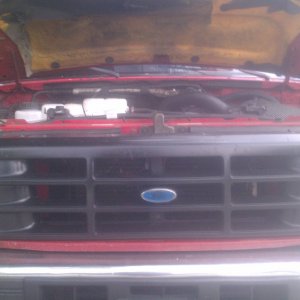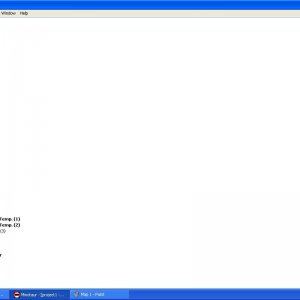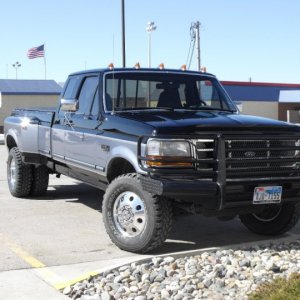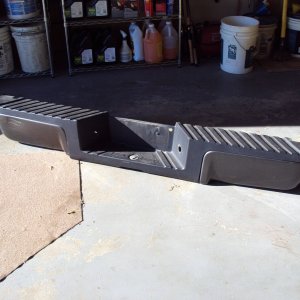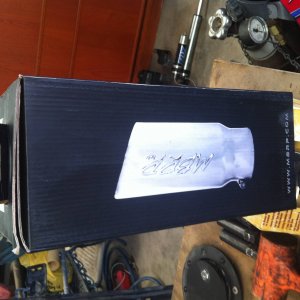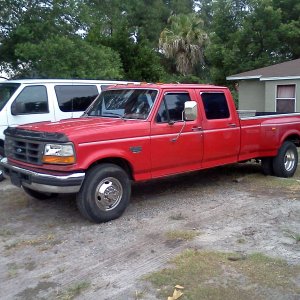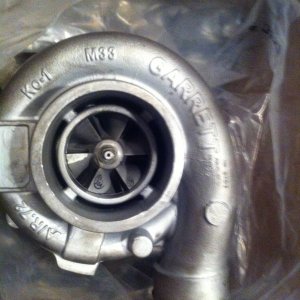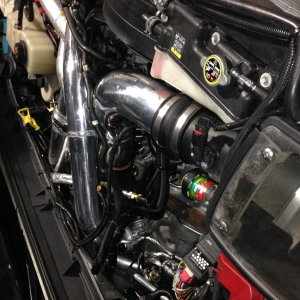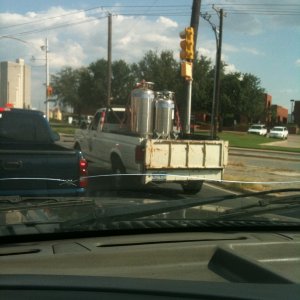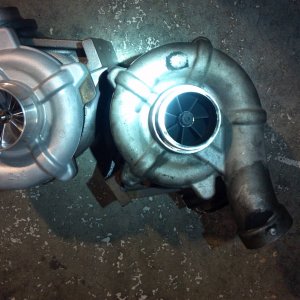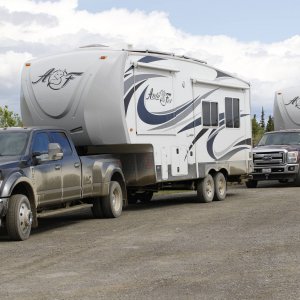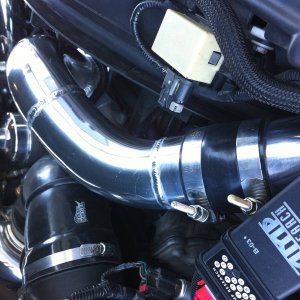Ok, I'm not an engineer, but I've been in the automotive field since the late '80s, I've done a lot of product testing and engine development, and I have a vastly better understanding of mechanical things than most. I also don't have a dog in this fight because I'm nowhere near doing injectors yet, my build has a long way to go to get to that point.
With that said, I don't think Tim @ P.I.S. is being unnecessarily vague, either to protect his trade secrets or to take away from other injector builders. He has provided legitimate data that any reasonable person can attempt to understand if they want to grasp the rest of what he is saying and take the time to truly understand what is going on. I think this is the problem for V-Ref, that he simply isn't understanding the full scope of the subject at hand, so he is hung up on things and sticking to what he knows from his injector builder because that's all he knows. Let's look at what Tim said:
175/80 made 490hp, 2.8hp/cc
200/80 made 510hp, 2.6hp/cc
And he clearly stated he preferred the A-Code to the Hybrid. His logic is solid, I thought about it quite a lot before deciding to post again in this thread.
As Tim alluded to, it ultimately comes down to the size of the nozzle (not the injector volume) and the ICP and pulse width you are operating at. With an 80% nozzle, it doesn't matter if you have a 160cc, 175cc, 200cc, or 238cc body. With A-codes, 160/80s will pace 175/80s at the same ICP pulse width for pulse width until the 160/80 is empty, only then is there a power advantage to a 175/80 because as Tim pretty clearly pointed out, the nozzle provides the final restriction. 200/80s or 238/80s will also make the same power given equal ICP and pulse width until pulse width exceeds the delivery volume of the smaller capacity injector.
The flow rate of the 80% nozzle at 22,400psi for A-Codes and at 16,000psi for Hybrids is a big factor too. At 22.4kpsi the nozzle will always flow more than at 16kpsi, that's verifiable and scientifically provable. So because Hybrids will always have roughly 20% less pressure at the nozzle than A-codes at equal ICP, they will always flow less fuel than an A-code through the same size nozzle at the same pulse width. You can make the argument that you wouldn't run the same program, but you have to see that the pulse width, if nothing else, would have to be higher on the Hybrid given identical ICP and 80% nozzles, just to deliver the same volume of fuel as the A-code operating with more final delivery pressure. Then we have to consider that there is a loss of atomization due to the Hybrid's lower injection pressure as well, which will have a small but measurable effect on burn rate and thus power, meaning even more fuel is required after matching the delivered volume just to make equal power.
So at this point, a 200/80 Hybrid is behind the 175/80 A-code in total fuel delivery, atomization quality, and power production all the way to the point the 175/80 is empty. The only advantage the Hybrid has is that it uses 20% less high pressure oil volume than the A-code, and if the 175/80 A-code can be run with a stock HPOP and maintain ICP, it's the superior choice. Only if the HPOP and IPR can't keep up with the injectors will the Hybrid will prove superior. It's not hard to see why the 200/80 only made 20hp more than the 175/80, they are basically the same size injector.
It would be fantastic to know the oil volume demands for both of the above example injectors and the flow rates for a variety of HPOPs, it would make sizing the injectors and pumps so much easier. I can kind of get close on the injectors oil consumption by reverse engineering and some math, I just haven't found pump data. Yet. The possibility of me running a 175/80 over a 200/80 depends on me determining the pump can provide the volume of oil the 175/80s need without running more that 85% duty cycle on the IPR. If that can be accomplished with a common 17° pump, I'll run the 175/80, I don't want to run an overdrive or an aftermarket pump, I'll run Hybrids first.
Sent by my right thumb!

